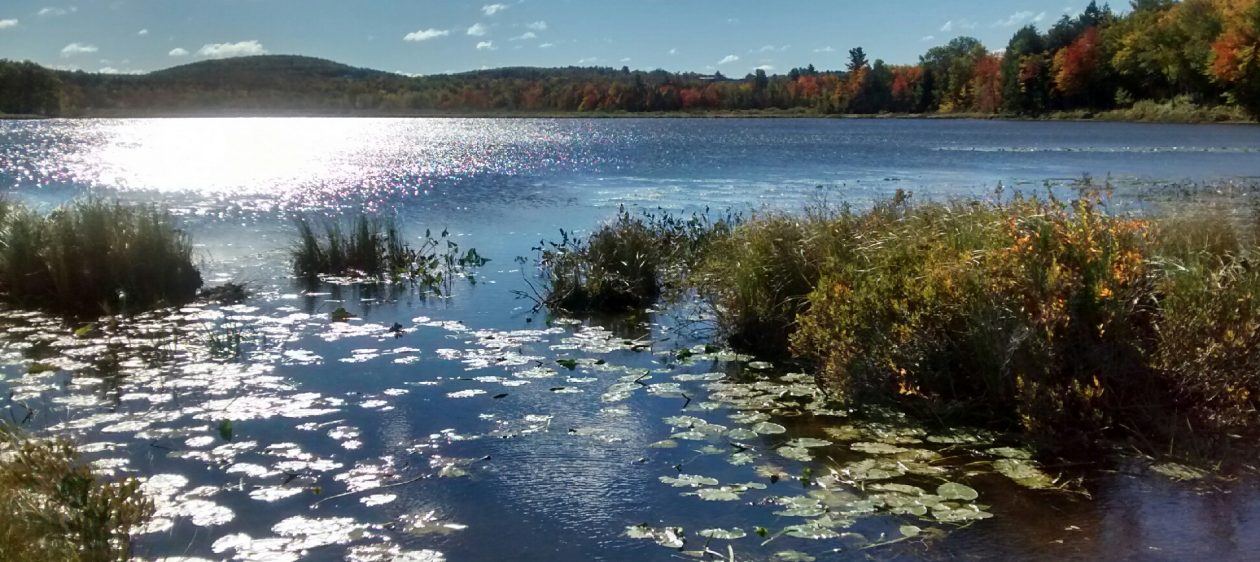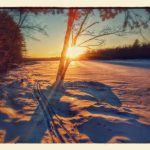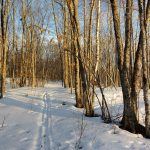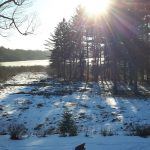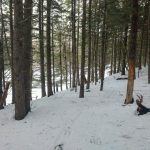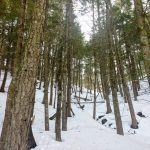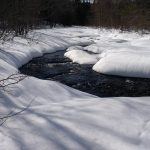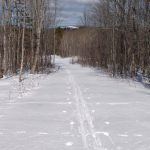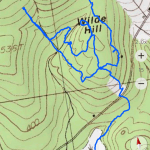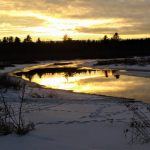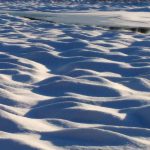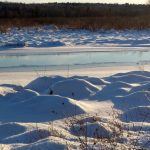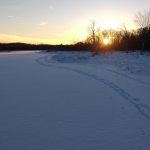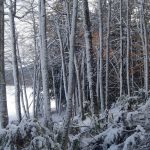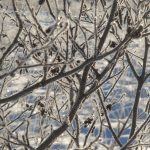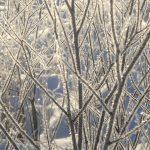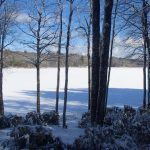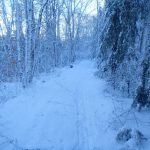All posts by ray@touringkayaks.com
Winter Beaver Activity
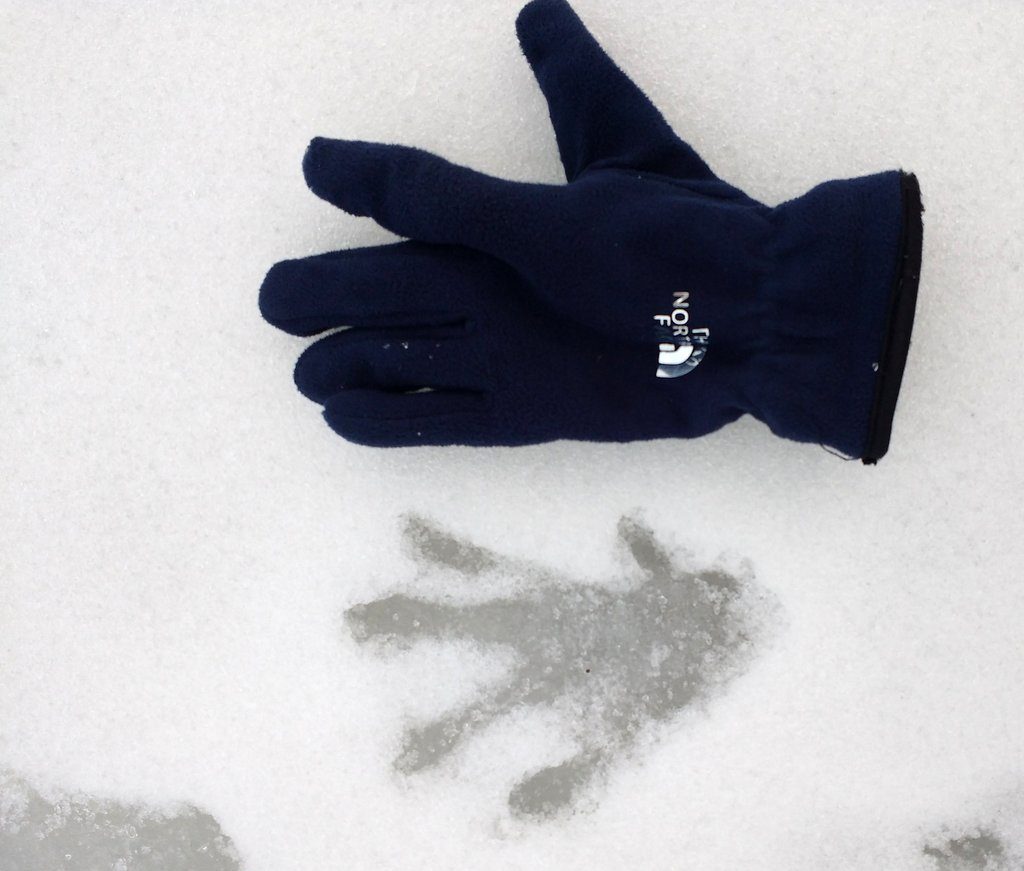
Early January Snow
Beaver lodge in winter
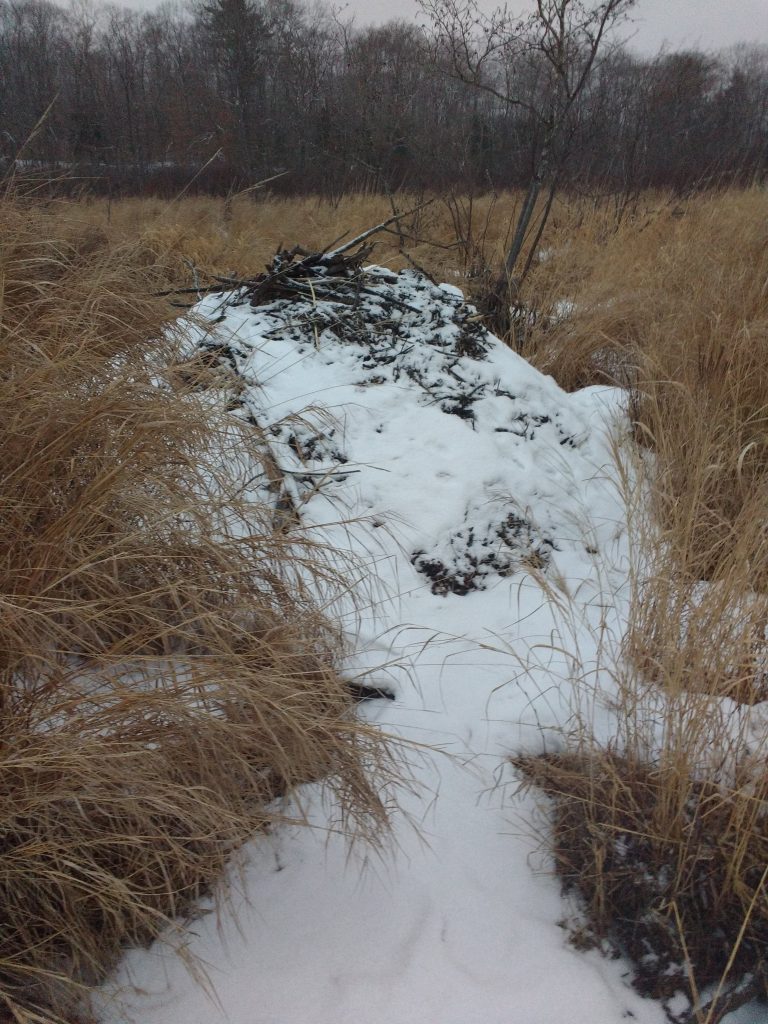
Moonrise over Basin Pond
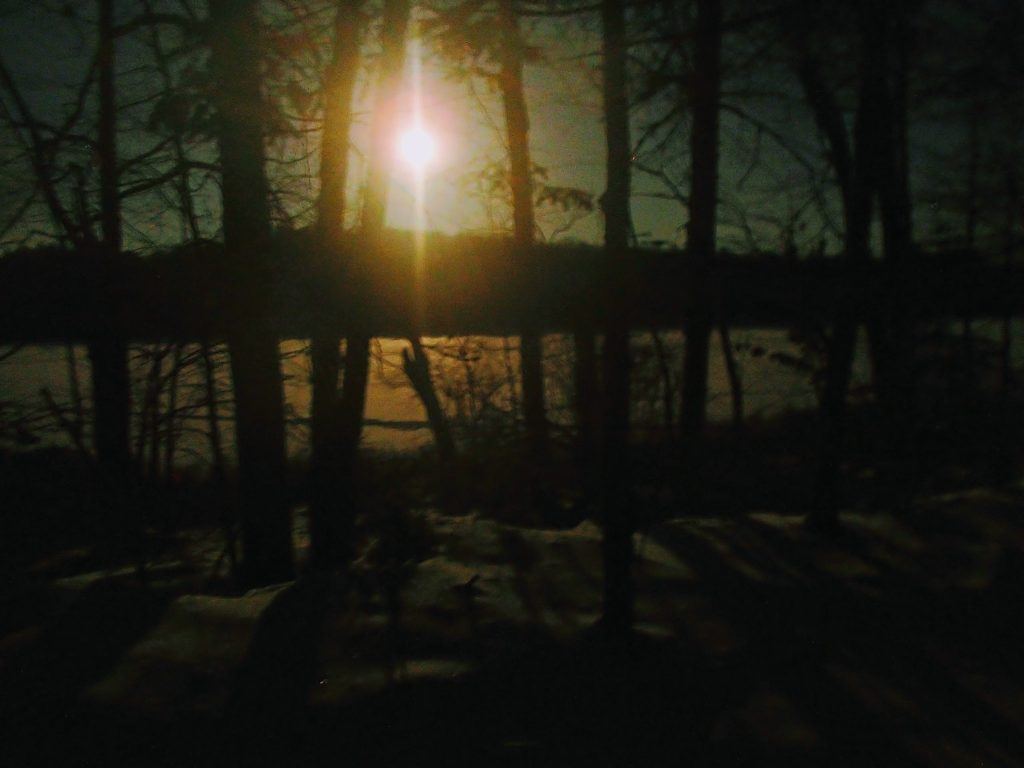
Ice In on Basin Pond
A mild fall. A week of rain and flooding that swamped our trail of bog bridges. A day in the low 40’s. None of this led us to anticipate the change that came this morning: Dec. 5, 2016. Red sunrise followed by light snow. The white blanket of snow making the change apparent: overnight, a thin lid of ice had closed in over the translucent eye that is Basin Pond.
In this year of firsts, ice in represents a significant threshold. Our route across the pond and down the river through the marshland is — until the ice thickens or melts — now closed off. As if our wings have been clipped, we are landlubbers once again. The pond, so reflective of the sky and its moods, is now is more cryptic, harder to read.
Ice harvesting is part of the history of Basin Pond. The beavers know of ice and have horded away branches in their underwater fridges, but we — we can just walk along the shores and wonder and marvel and wait.
How Big is a Beaver?
Big enough to aggressively slap its tail on our approach, rather than quietly slipping out of the way. Big enough to cut down and transport trees as much as 30 inches in diameter. Big enough to build dams more than 12 feet high.
According to LiveScience, the typical American beaver (Castor canadensis) weighs 60 pounds and is 23 to 39 inches (60 to 100 centimeters) long. The tail adds another 7.75 to 12 inches (20 to 30.5 cm) to its length,
A beaver is big enough to change an entire landscape. It is big enough to want to defend its territory against humans. It is big enough to be North America’s largest rodent.
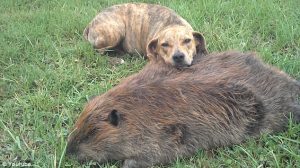
A Landscape Shaped by Beavers
Those straight cuts of those alders could have only been done by a human. That trail is too wide and level to have been made by an animal. The irregular waterways cutting through the marshlands surrounding Basin Pond must be a vestige of the geological history of the area.
These are the things I believed. Now, I am no longer so sure.
After doing some reading and going back again to look at some of these areas, I am thinking that a singular creature, Castor canadensis, the American beaver, may be responsible for these phenomena.
Lots more learning to come. The photos below are of the multi-channeled waterways that cut through the marshlands surrounding Basin Pond,
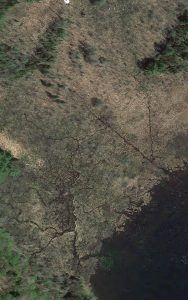
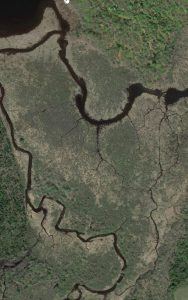
Waxing Moon, November 12
Coming off the water
Deep into dusk,
We turn to watch
Ten geese plummet to Basin Pond,
Wind ruffling under their wings,
Lured by the swimming moon.
